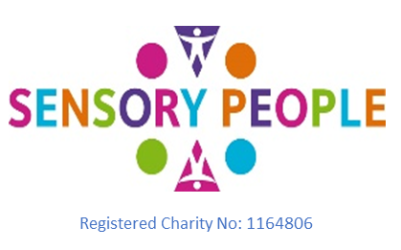a. Brain Hierarchy: When Your Child’s Lower Brain Levels Are Weak, they Can’t Learn
The Integrated Movement Activity Centre is based in Utah, USA. It provides parents and therapists with step-by-step videos to strengthen all areas of the body and the brain. Parents and professionals can use the activity centre to help their kids and students “awaken” the brain for higher learning development.
This article gives a short and easily understandable overview of the different areas and functions of the brain and how the child’s brain develops from infancy. It explains the importance of lower brain development for the later development of higher brain functions which are needed for learning such as reading and writing.
Although the brain is complicated, the more you understand about how your child or student’s brain functions, then you can target those specific areas with activities and exercises to improve their learning development in the classroom.
b. Two short animations on how sensory issues impact everyday life and what we can all do to help:
Proprioception:
https://www.youtube.com/watch?v=Oquc160D1dw
Vestibular system:
c. Vestibular system overview from Stephen Lisberger, professor of Neurobiology, Duke university:
d. Interoception: The hidden sense
A helpful video made by occupational therapists explaining interoception and how difficulties in this area can affect children and adults:
e. How we learn: Synapses and neural pathways:
f. Asymmetrical Tonic Neck Reflex
Kathy Johnson of Pyramid of Potential explains why retention of the Asymmetrical Tonic Neck Reflex (ATNR) can contribute to Dyslexia and Dysgraphia. In this helpful video, she tells us why their difficulty integrating this reflex causes some children to struggle later on with their posture for writing, their handwriting, using too much force when writing and with conveying their thoughts into writing.
